1. Bees Have Hierarchies That Rival Medieval Kingdoms
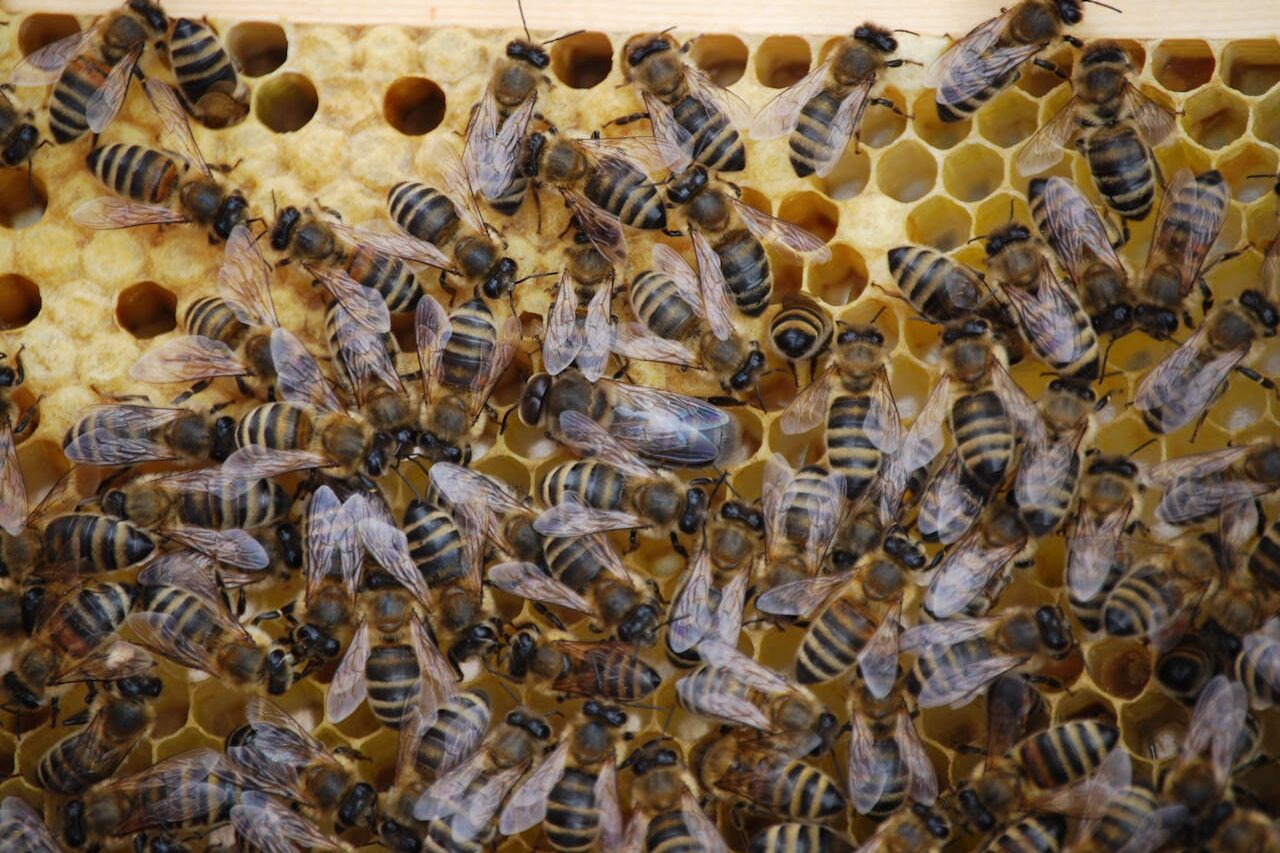
Ever heard of a monarchy where every single member plays a specific role? Welcome to the world of bees! At the top of the bee society sits the queen—and she isn’t just a figurehead. She’s the only one who lays eggs, and her primary job is to keep the hive thriving by birthing thousands of new bees according to Biosota. But don’t let her title fool you into thinking she has unlimited power. Her reign depends entirely on her ability to keep producing and releasing pheromones to maintain harmony within the hive.
Meanwhile, the worker bees—all female—handle everything from cleaning and feeding larvae to defending the hive. Think of them as the middle class that keeps society running. Then there are the drones, the males of the colony, whose sole purpose is to mate with the queen. Once they fulfill their duty, they’re either kicked out of the hive or left to die. Harsh, right? But that’s bee society’s version of tough love.
2. They Have Secret Handshakes… Sort Of
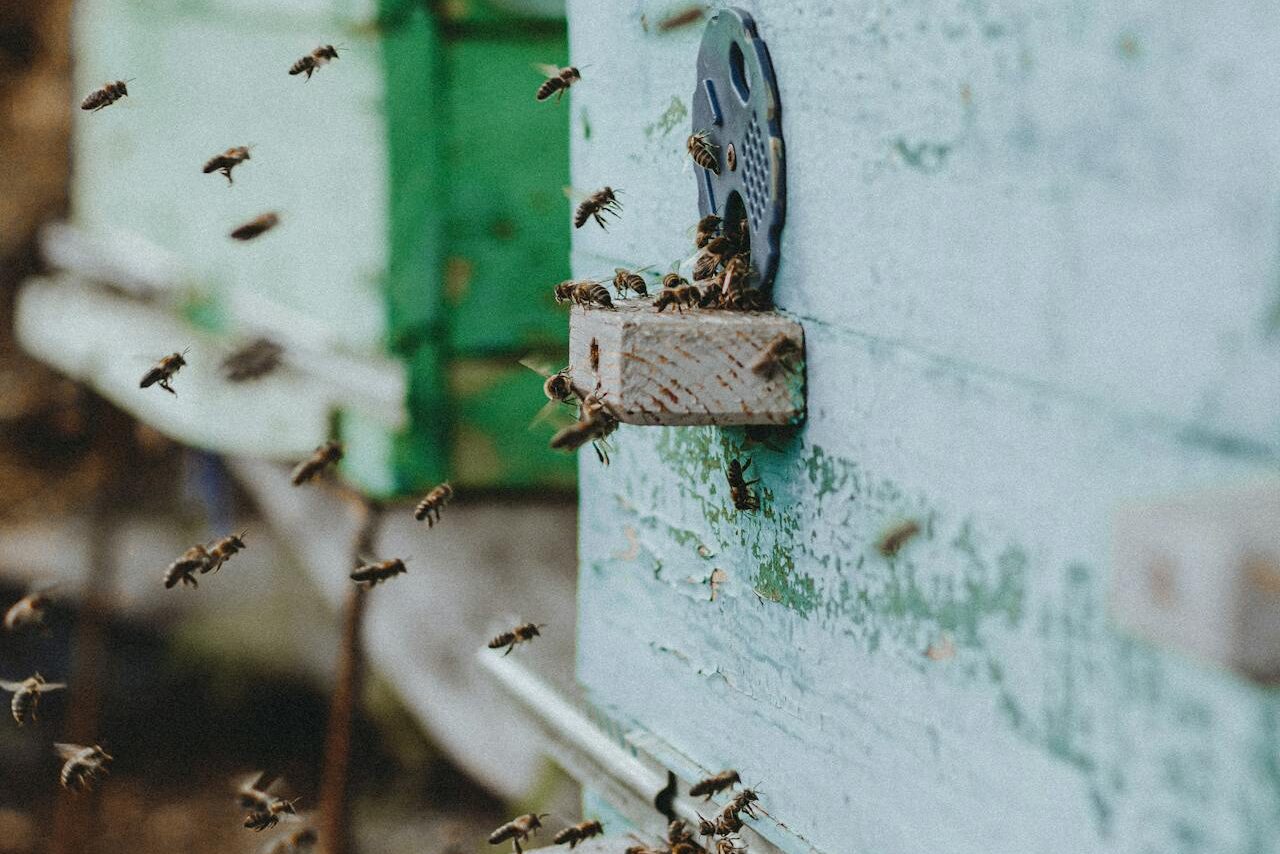
Bees communicate through a fascinating form of dance called the waggle dance. Imagine walking into a club and trying to figure out where the best party is based on someone’s dance moves—that’s how bees direct each other to food sources. According to ResearchGate, the dance tells other bees the distance, direction, and even the quality of the nectar they’ll find. It’s like a secret code passed down through generations.
This dance isn’t just random wiggling; it’s precise and complex. The angle of the bee’s body and the length of the dance communicate vital details about where to go. And get this: only experienced forager bees perform the dance, making it a skill reserved for the seasoned members of the hive. If you think your social circles have exclusive rituals, the bees have you beat.
3. They Have Rules about Birthright and Succession
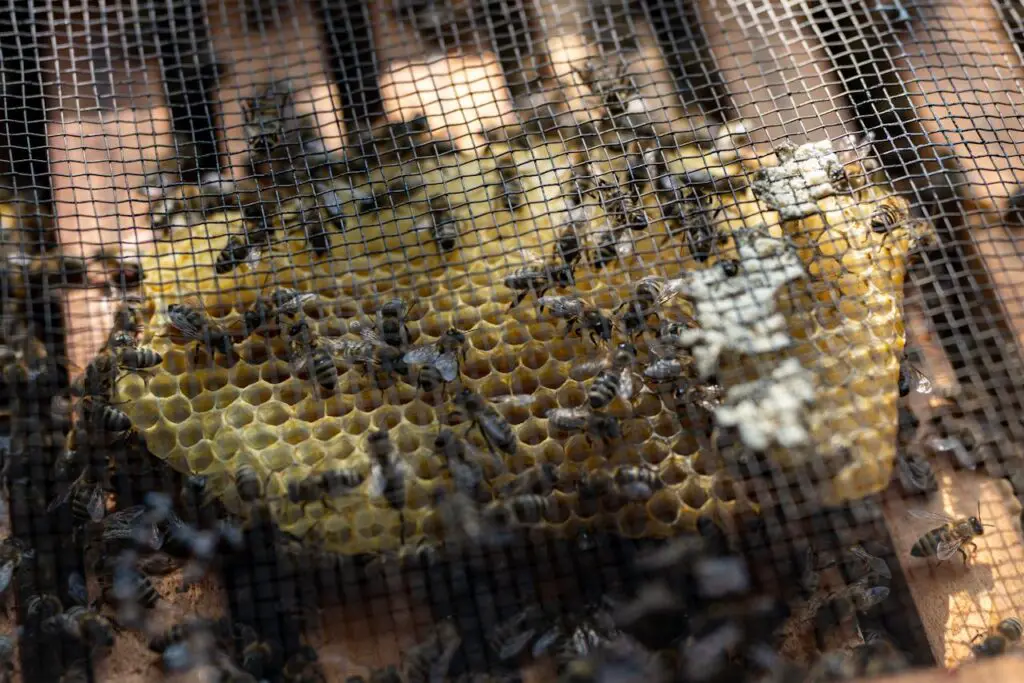
The queen doesn’t get her title by chance—it’s all about timing and the right conditions. When a queen dies or is failing at her job, the worker bees start raising new potential queens by feeding selected larvae a special diet of royal jelly, according to Agriculture Victoria. This isn’t your average baby food; it’s a powerful substance that determines whether a bee will grow into a queen or a worker.
Once the new queens emerge, things get brutal. They fight to the death until only one remains. It’s like a medieval tournament but in miniature form. The last queen standing claims the throne, and the hive moves on. But don’t worry—this is just how bee society ensures the strongest leader takes charge. No elections, no debates, just a fierce survival-of-the-fittest contest.
4. Drones Live the Ultimate Short-Term Bachelor Life
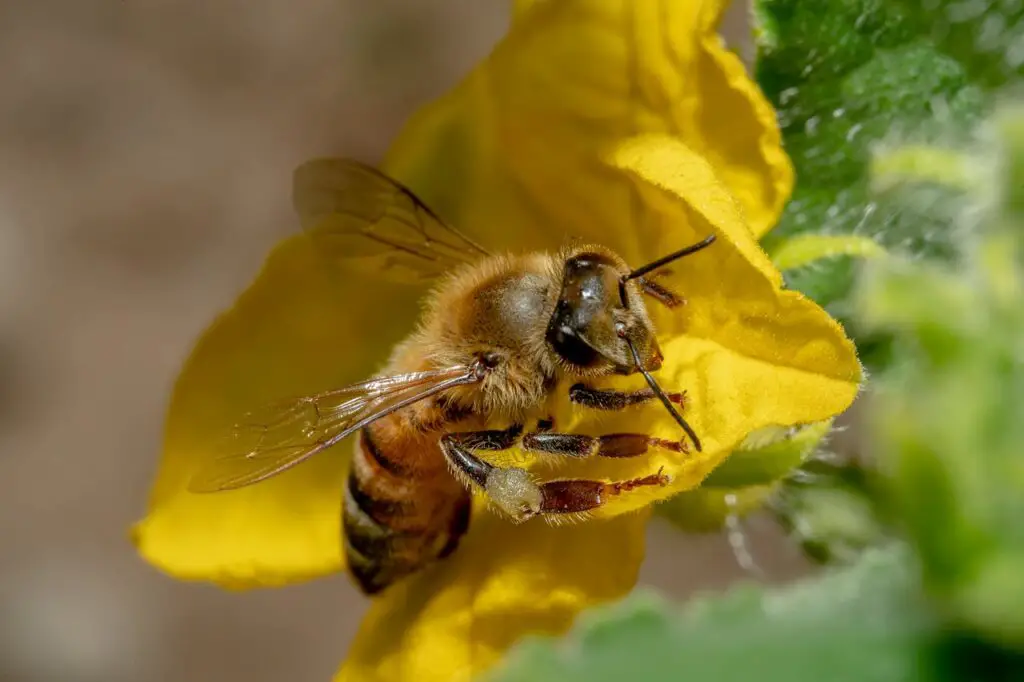
Drones have a pretty cushy existence—for a while. Their only job is to mate with the queen during her nuptial flight, where she collects enough sperm to fertilize eggs for the rest of her life. After that, their usefulness comes to an abrupt end. According to TheBFarm, they’re literally pushed out of the hive to fend for themselves or die.
Think of them as the ultimate bachelors who party hard and then face a harsh reality. They don’t gather food, they don’t defend the hive, and they definitely don’t clean up. It’s a one-and-done deal for them—a stark reminder that bee society values contribution over leisure.
5. Worker Bees Enforce the Rules with an Iron Stinger
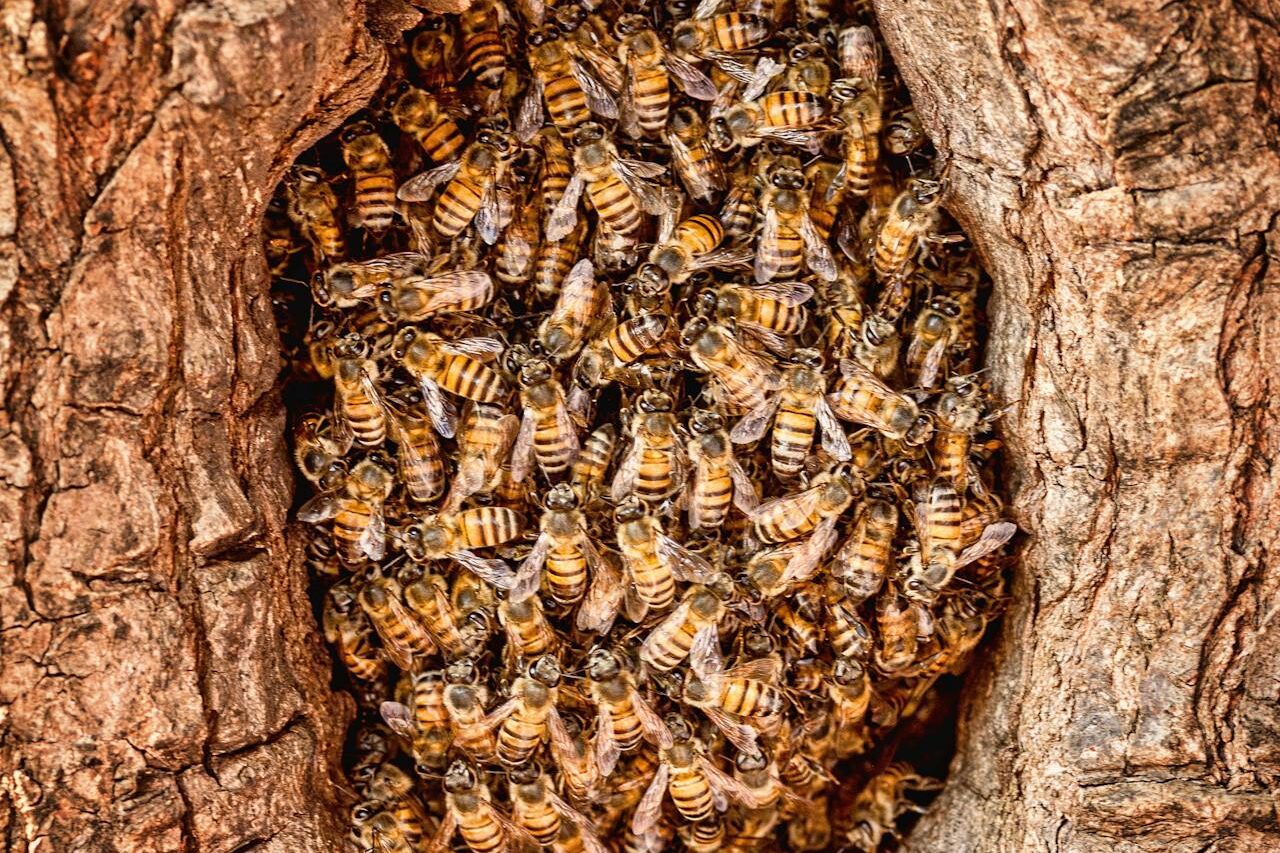
Worker bees are the backbone of the hive, according to Alveole, but they also play the role of enforcers. If a bee isn’t following the rules or is slacking off, the workers won’t hesitate to take action. For instance, if a worker bee tries to lay eggs—a big no-no since only the queen is allowed to do that—the other workers will destroy those eggs and may even expel the rogue bee.
They’re also the hive’s security force. If an intruder enters, the worker bees swarm to defend their home, often sacrificing themselves in the process. It’s a tough job, but someone has to do it. And in bee society, the collective good always comes before individual desires.
6. Bees Have Their Own Version of Healthcare
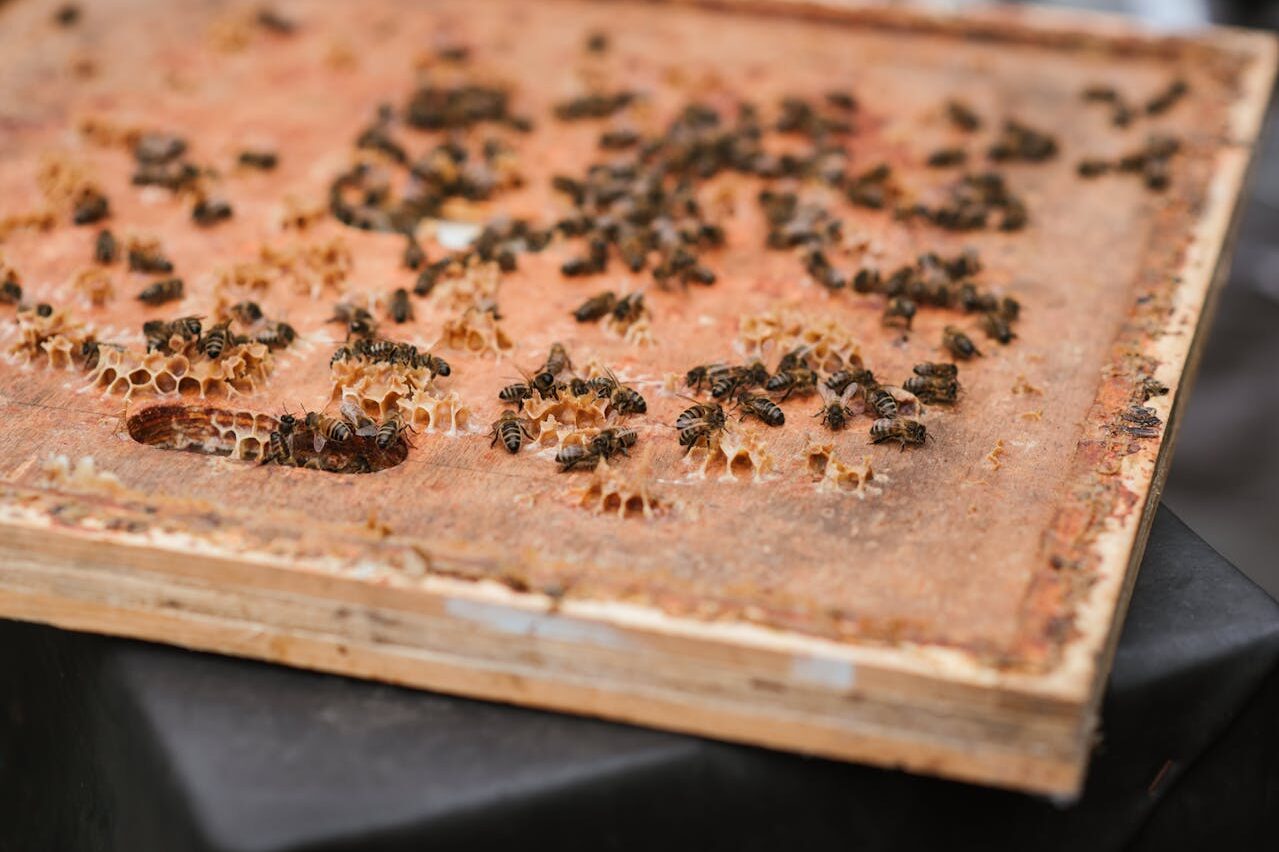
Hygiene is a top priority in a bee hive. Dr. Maria Spivak, an entomologist, told the Connecticut Beekeepers Association that bees practice something called social immunity, which means they work together to keep the hive clean and healthy. If a bee gets sick, the others may groom it to remove parasites or, in more extreme cases, remove it from the hive entirely to prevent the spread of disease.
They also produce a substance called propolis, a resin-like material collected from plants. Bees use propolis to seal cracks in the hive and as an antimicrobial agent to keep their living space sanitary. It’s like their own version of hand sanitizer—except way more effective.
7. They Believe in Early Education
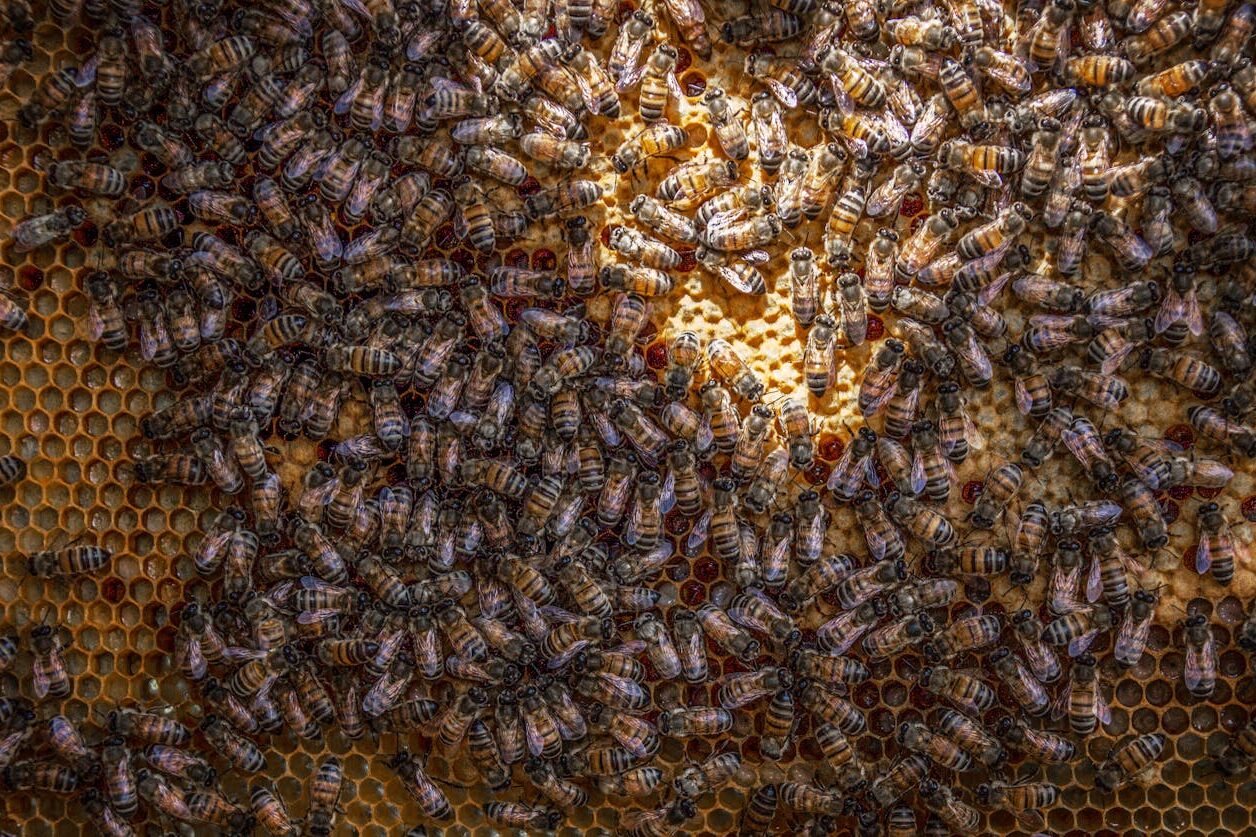
Bee society doesn’t leave learning to chance. Young worker bees go through a series of jobs within the hive before they ever venture outside. They start by cleaning cells, then move on to feeding larvae, building honeycomb, and guarding the hive entrance. Only after mastering these tasks do they become foragers.
It’s a structured learning process that ensures every bee knows their role before they take on more complex duties. Talk about a rigorous internship program! This step-by-step approach keeps the hive running smoothly and prevents chaos.
8. Bees Punish Freeloaders
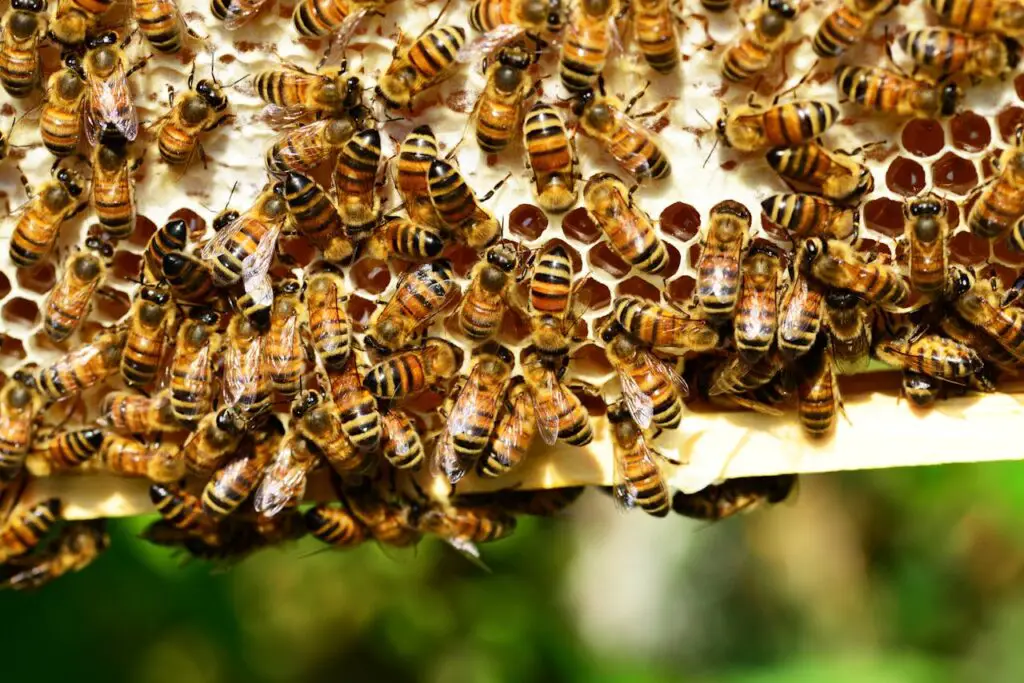
Ever heard of the phrase “no free rides”? In bee society, that’s taken quite literally. Drones who don’t serve a purpose anymore are kicked out of the hive, especially as winter approaches. The worker bees know resources are limited, and they won’t tolerate any mouths to feed that aren’t contributing.
Even worker bees have to prove their worth. If they’re too old or weak to work, they may be pushed aside. It sounds harsh, but it’s an effective way to ensure the hive’s survival.
9. The Queen Has an Entourage—but It’s All Business
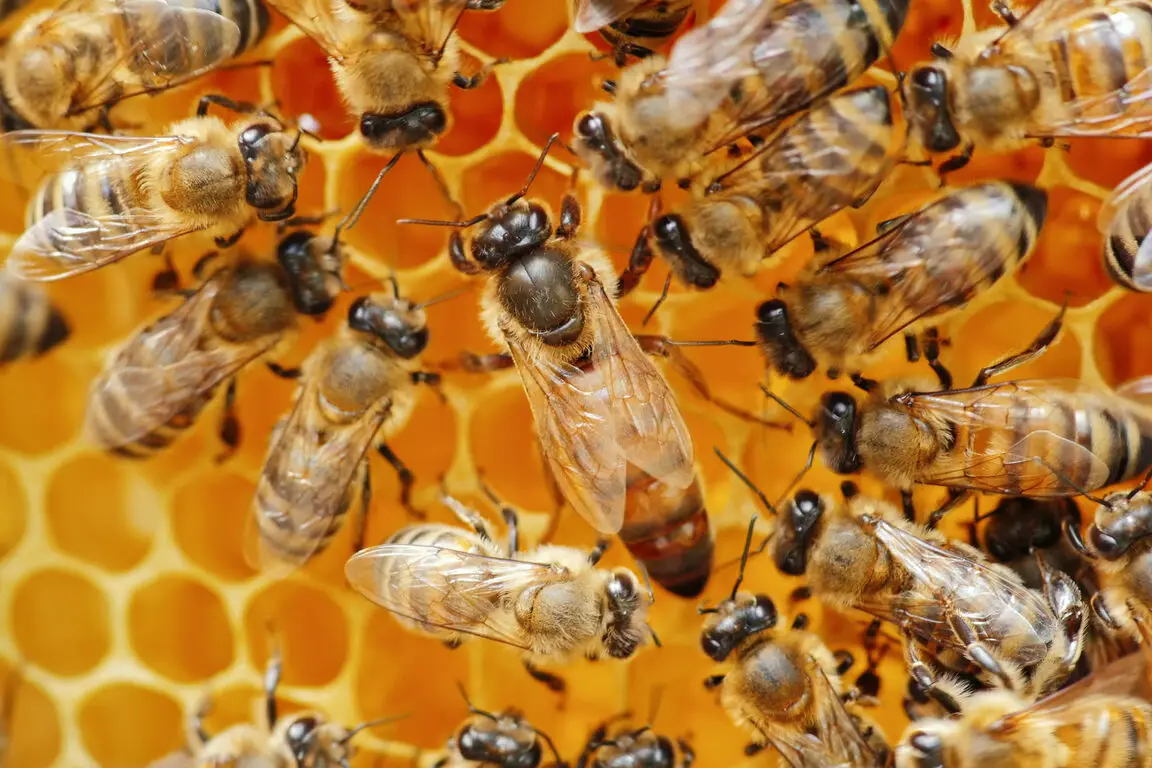
The queen bee doesn’t roam the hive alone. According to Honey Top Bees, she’s always surrounded by a group of attendants who take care of her every need. These bees groom her, feed her, and even collect her waste. But it’s not about luxury—it’s about efficiency.
The attendants ensure the queen can focus on her primary job: laying eggs. They also distribute her pheromones throughout the hive, which keeps everyone in line. Think of them as her personal PR team, ensuring the hive knows who’s in charge.
10. They Have a Zero-Tolerance Policy for Intruders
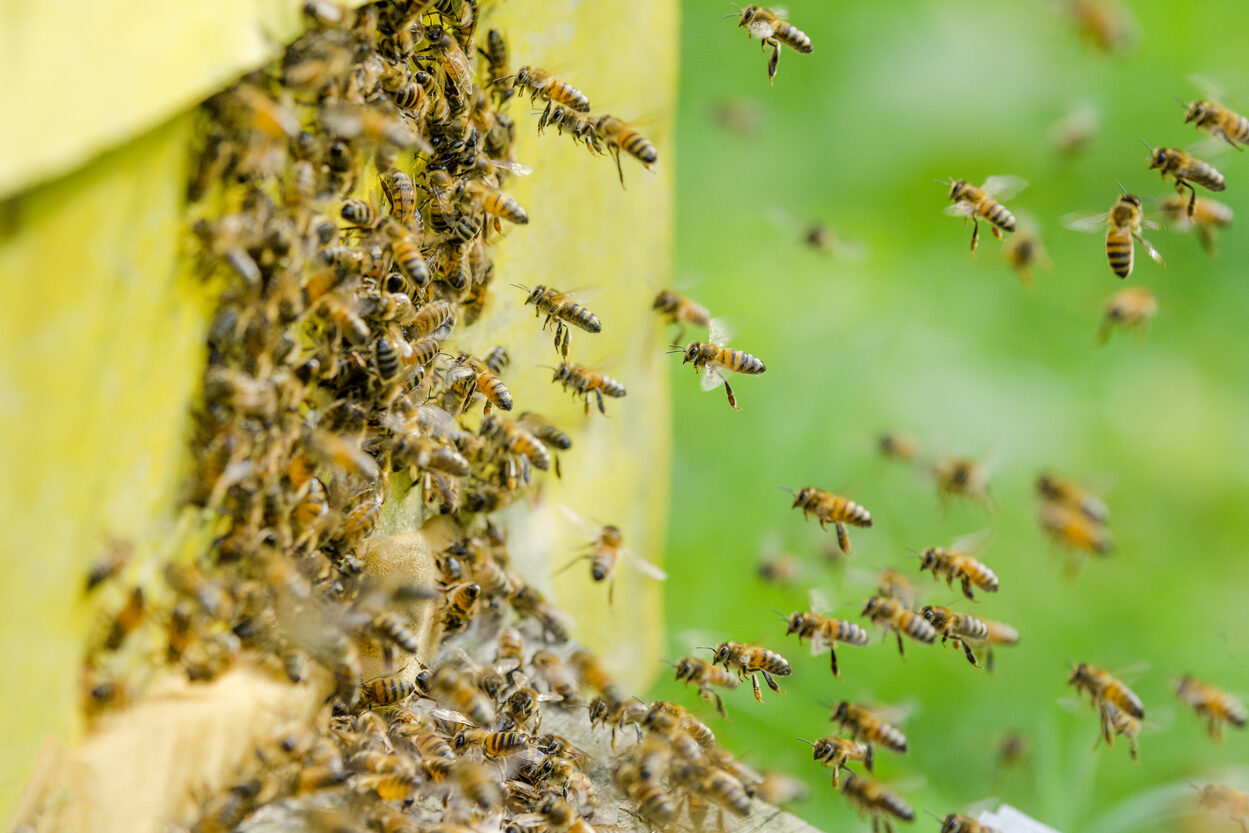
Beehives are heavily guarded, and any unauthorized entry is met with swift action. According to Consensus, worker bees patrol the hive’s entrance and inspect every bee that comes and goes. If an intruder tries to sneak in—like a wasp or another insect—the guards will swarm and sting it to death.
Even bees from other hives aren’t welcome unless they bring a gift, like nectar or pollen. This strict security system ensures the hive stays safe and resources are protected. It’s like a highly exclusive club with a strict guest list.
11. They’re Experts in Crowd Control

Ever wondered how thousands of bees can live together in one hive without chaos? It’s all about pheromones and communication. The queen releases pheromones that regulate the behavior of the entire hive, ensuring everyone knows their role.
Worker bees also use pheromones to signal danger, mark food sources, and even alert others to the presence of a new queen. This chemical communication system keeps the hive organized and prevents confusion. It’s a lesson in effective leadership and teamwork.
12. They Know When to Relocate—Together
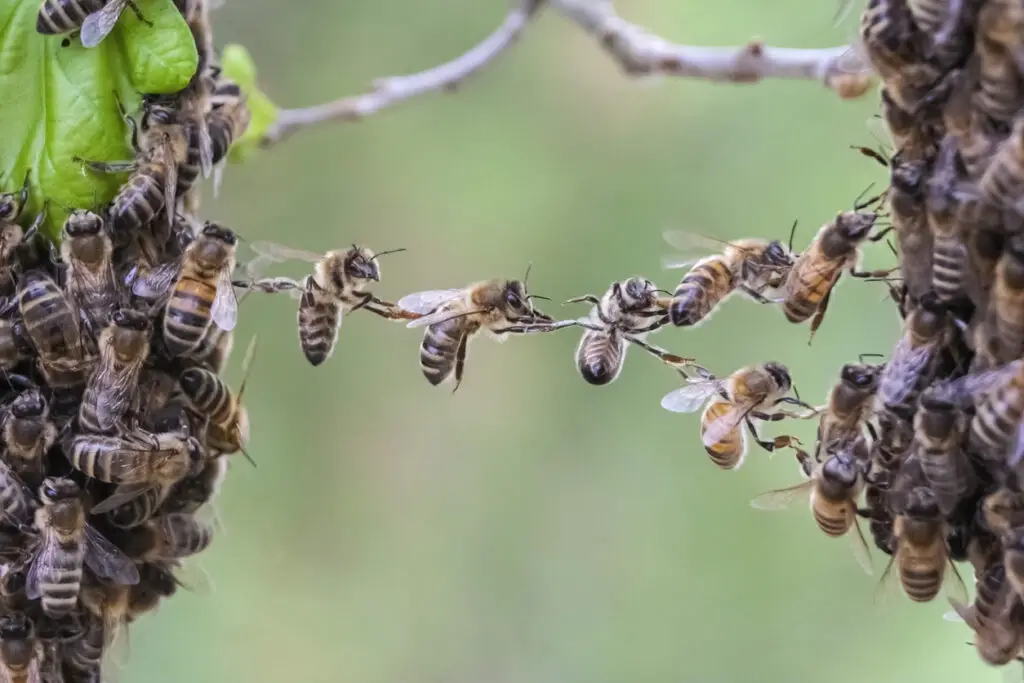
When a hive becomes too crowded or resources are scarce, bees make a collective decision to swarm and find a new home, according to ScienceABC. The queen and a large group of bees leave the old hive behind and search for a new location to start fresh.
Scout bees fly ahead to find potential sites and report back to the group. The decision-making process involves multiple scouts presenting their findings through dances, and the hive eventually reaches a consensus. It’s democracy in action—bee style.


